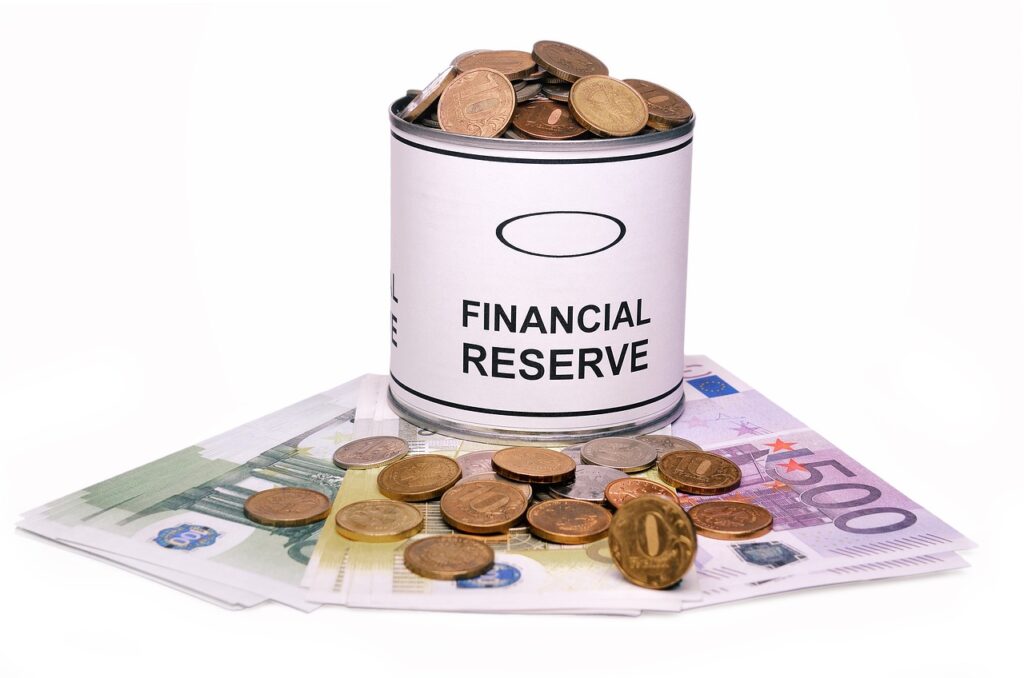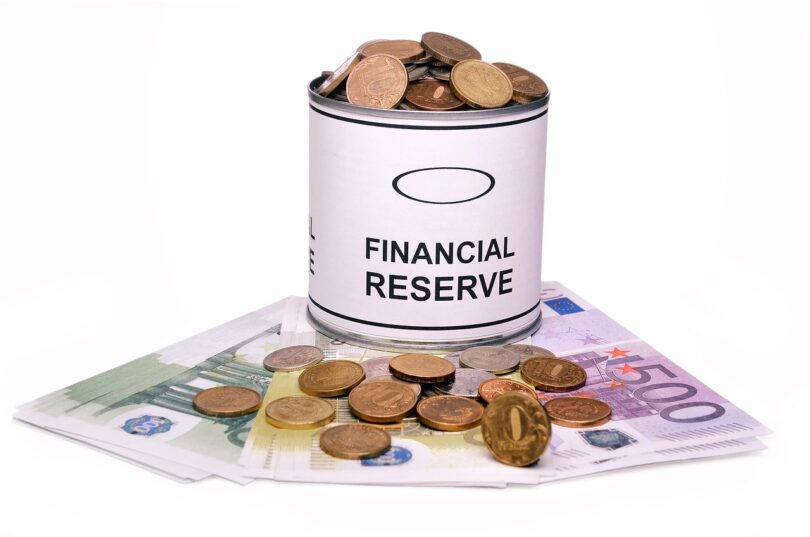
Introduction
Are you looking for ways to reduce your monthly mortgage payments or pay off your home loan faster? Mortgage refinancing could be the solution you’ve been searching for. In this guide, we’ll explore how you can maximize your savings through mortgage refinancing, covering everything from the benefits to the step-by-step process and common questions.
Understanding Mortgage Refinancing
Mortgage refinancing is the process of replacing your current mortgage with a new one, often with more favorable terms. It can help homeowners achieve various financial goals.
Benefits of Mortgage Refinancing
- Lower Interest Rates: Refinancing when interest rates are lower can lead to significant savings over the life of your loan.
- Reduced Monthly Payments: By extending the loan term or securing a lower interest rate, you can lower your monthly mortgage payments.
- Change in Loan Type: Switching from an adjustable-rate mortgage (ARM) to a fixed-rate mortgage can provide stability and predictability in your monthly payments.
- Access to Equity: Cash-out refinancing allows you to access your home’s equity for major expenses like home improvements or debt consolidation.
- Shorten Loan Term: Refinancing to a shorter loan term can help you build equity faster and pay off your mortgage sooner.
When Is the Right Time to Refinance?
Timing is crucial when it comes to mortgage refinancing. Consider refinancing when:
- Interest rates are lower than your current rate.
- Your credit score has improved since taking out your original mortgage.
- You plan to stay in your home long enough to recoup the closing costs.
The Mortgage Refinancing Process
- Evaluate Your Goals: Determine your refinancing objectives, whether it’s lowering monthly payments, reducing the loan term, or accessing cash.
- Check Your Credit: Review your credit report and score. A higher credit score can lead to better refinancing terms.
- Research Lenders: Compare offers from different lenders, considering interest rates, fees, and customer reviews.
- Gather Documentation: Prepare the necessary documents, including pay stubs, tax returns, and bank statements.
- Apply for Refinancing: Submit your application to the chosen lender and pay the application fee.
- Appraisal and Underwriting: The lender assesses your home’s value and reviews your financial history.
- Receive Loan Estimate: You’ll receive a Loan Estimate detailing the terms and costs associated with the new loan.
- Closing: Sign the closing documents and pay any closing costs.
- Start New Loan: Your old loan is paid off, and you begin making payments on the new mortgage.
Frequently Asked Questions
Q: Can I refinance with bad credit? A: It’s possible but challenging. A higher credit score typically leads to better refinancing terms. You may need to work on improving your credit before refinancing.
Q: What is the break-even point in refinancing? A: The break-even point is when your potential savings from refinancing outweigh the closing costs. It’s essential to calculate this to determine if refinancing makes financial sense.
Q: Are there risks to cash-out refinancing? A: Yes, cash-out refinancing increases your loan amount and monthly payments. Be sure you can comfortably manage the higher payments and avoid accumulating more debt.
Q: Can I refinance if I have an FHA loan? A: Yes, FHA loans are eligible for refinancing. You can explore FHA Streamline Refinance or conventional refinance options.
Q: What is the difference between rate-and-term and cash-out refinancing? A: Rate-and-term refinancing aims to secure better loan terms, such as a lower interest rate or shorter loan term. Cash-out refinancing allows you to borrow more than you owe on your current loan and receive the difference in cash.
Q: Is refinancing the same as a home equity loan? A: No, refinancing replaces your existing mortgage with a new one, while a home equity loan is a separate loan against your home’s equity.
Conclusion
Mortgage refinancing offers a path to significant savings and financial flexibility for homeowners. Whether you want to lower your monthly payments, pay off your loan faster, or access your home’s equity, the refinancing process can help you achieve your goals. Remember to carefully evaluate your options, compare offers, and consider your long-term financial objectives before refinancing.
If you’re unsure about whether refinancing is right for you, consult with a qualified mortgage professional who can provide personalized guidance based on your unique financial situation and goals.

